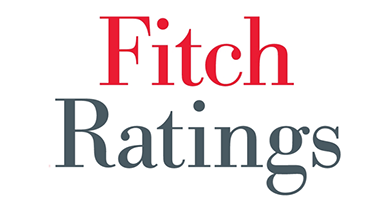Analysts at Fitch Ratings believe that natural catastrophe risks could become “less insurable” in future due to the effects of climate change, as well factors like insurance density and economic growth.
 Re/insurers will likely need to raise premiums in response to the rising severity and frequency of nat cat events, but Fitch questions whether clients will be willing or even able to pay for more expensive protection.
Re/insurers will likely need to raise premiums in response to the rising severity and frequency of nat cat events, but Fitch questions whether clients will be willing or even able to pay for more expensive protection.
The result of this could be a gradual withdrawal for insuring nat cat risks, triggering the need for more state-backed coverage schemes, such as those already in place in Florida.
These comments by Fitch came as part of a report on environmental, social and governance (ESG) risks for non-life re/insurers, of which climate change and its impact on catastrophes is seen as one of the most important.
Climate change affects a number of Fitch’s credit risk factors, including capitalization and leverage, reinsurance, risk mitigation and catastrophe risk, financial performance and earnings, and to a lesser extent, investment and asset risk, and reserve adequacy.
“It is widely agreed that climate change and global warming have been an important factor leading to this increase in frequency as more extreme weather conditions have caused more floods, wildfires and convective storms globally,” Fitch said.
“The frequency and severity of nat cats is expected to increase further. This raises the question of how the (re)insurance industry can respond to this long-term trend. The key challenge is to avoid underestimating future claims developments as historical data are not reliable when it comes to nat cat risk.”
At present, believes climate change has a minimal impact on the ratings of most of the insurers in Fitch’s portfolio for several reasons.
Firstly, the quick adjustments afforded by annual contract renewals are advantageous, as re/insurers can review pricing when reinstating coverage, based on changing levels of nat cat losses, which are usually settled in a relatively short time period.
These mechanics of property cat policies also insulate insurers and reinsurers against underestimating climate change effects on claims inflation as errors can be corrected quickly.
The fast adjustment of pricing of and reserving for nat cat claims is also relevant for the calculation of insurers’ capital requirements.
Additionally, nat cat models are increasingly using scientific research results to include forward-looking assumptions on what impact climate change may have on the frequency and severity of nat cat claims in the future.
And peak nat cat risks are regularly transferred via reinsurance or retrocession agreements, with Fitch estimating that a high-single digit percentage of premiums is ceded to reinsurers in non-life, with higher ceding rates in property.


